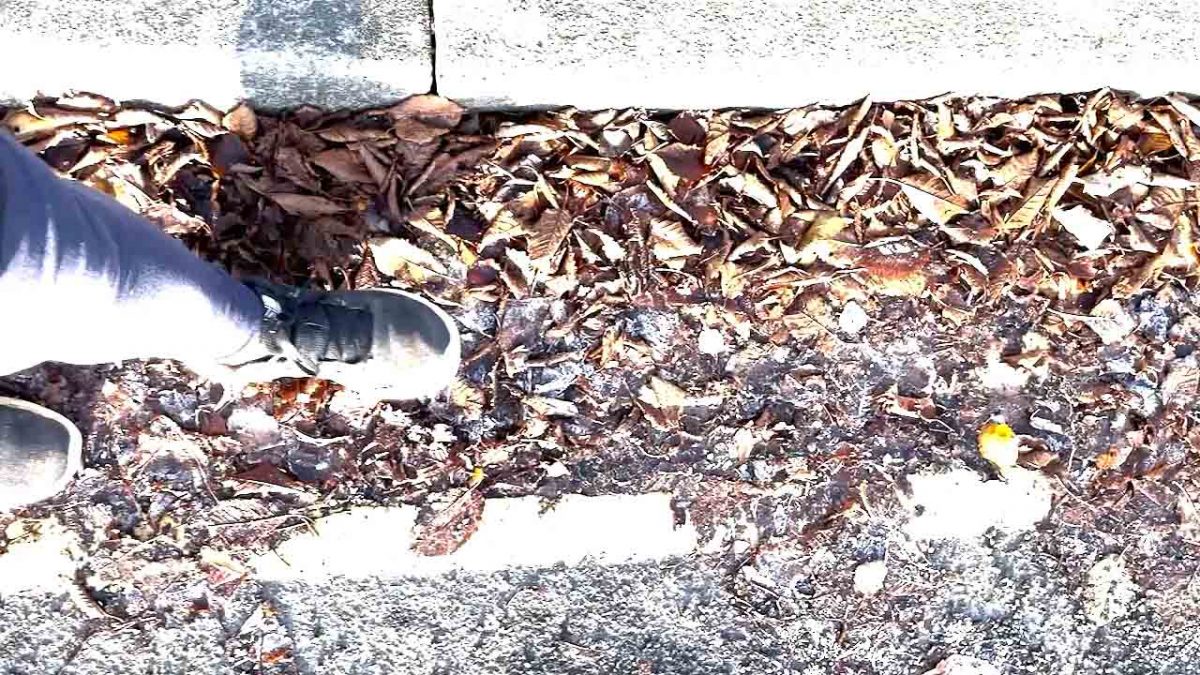Indexicality
The word indexical refers to the existential bond between copy and reality. It is the phenomenon of a sign pointing to (or indexing) some object in the context in which it occurs. It has been defined in terms of the camera producing a “footprint” of the ‘profilmic event’ (reality). Whatever is placed before the camera is recorded and through a chemical process of registering light produces the resulting image. The question that plagues the animated documentary debate is: how far can this indexicality be pushed? In order for a film to be powerful, it seems to gain more power as it plays with our knowing disbelief in what is happening and our belief in the reality of a convincing visually rendered scene (eg using 3D animation software, lighting and editing).
Moving Image 1: Animation course text
Task
Make an animation documenting the different tasks involved in a daily action. Such as baking a cake, cleaning a room, folding the washing etc.
Try to work impressionistically to capture the energy of this process and it’s particular qualities (in other words it need not function as an instruction manual).
Make use of sound, if you want to, but not voice over for this exercise.
Use any animation technique or combination of techniques you choose.
Upload your short film onto your learning log.
‘Fragments Walking in Time’ is a playful exploration of the fragmented experience of walking along a normal road as recorded with an i-phone. I did this regularly for a few days on my daily walk from my home to a local nature reserve, varying my approach each time. The idea came originally from a series of experimental panorama images moving the phone as I walked – resulting in a series of fragmented still traces on one image as in the background image on the padlet below..
I started this project with time experiments comparing SloMo and Hyperlapse clips of my feet, using vertical and horizontal formats and different focal lengths to give different experiences of watching my feet walking. Sometimes the feel is very energetic, sometimes more meditative just through altering these technical features. Some days were crisp autumn sunshine, others with rainy puddles and others with frost.
I also experimented with alternative viewpoints to explore the fragmented nature of our perceptions of self (reference Lacan) because we can never see ourselves whole except in a mirror. As well as footage of my feet, I also tried my hands and body (less successful) and looking forward.
The final videos : ‘Frost’ and ‘The Future is Bright’ at the top of the padlet below used video effects in Premiere. Unfortunately there seemed to be a bug that crept into the project file – and any further saved files with this footage – during multiple Adobe updates. This clipped all the whites and oversaturated the footage – things are fine in the source window but change in the preview window even then all effects are removed. I have not had time to fully identify the cause of this.
My initial ideas was to construct a funky video collage incorporating some of the ideas about indexicality, with multiple offset audio tracks. But this was not only too complex for the time I had here. It also proved impossible on my pc because it needs an upgrade to a faster processor. It would probably be best to do this in After Effects if I have time over the summer.
Tip: Ken Burns and keyframing
Stories can be told using just still images, for example, in Chris Marker’s 1962 film La Jetee. The use of still imagery is particularly prevalent in the documentary form. It is almost a cliché now to have slow zooms and pans of historical photographs accompanied with a narrated voice over. This is partly due to the ease with which such panning and zooming has become with the use of digital editing. American documentary film-maker Ken Burns is synonymous with this approach to documentary film-making. So much so that Apple have named their ‘ease in ease out’ tool after the film-maker “The Ken Burns Effect” (this effect is found in iPhoto, iMovie and Final Cut Pro X but it is also possibly in many professional and home software applications under a different name).
What the “Ken Burns Effect” does is zoom or pan in an ‘ease in, ease out’ way. That is to say, the movement starts smoothly and slowly comes to rest. This smoothing and altering of the pace of an overall movement is normally achieved by manipulating a ‘Bezier Curve’. The Ken Burns Effect does this Bezier work for you. You set the first ‘key frame’ (where you want the movement/zoom to start) and the final ‘key frame’ (where you want the movement/zoom to end). The software then interpolates the inbetween frames.

